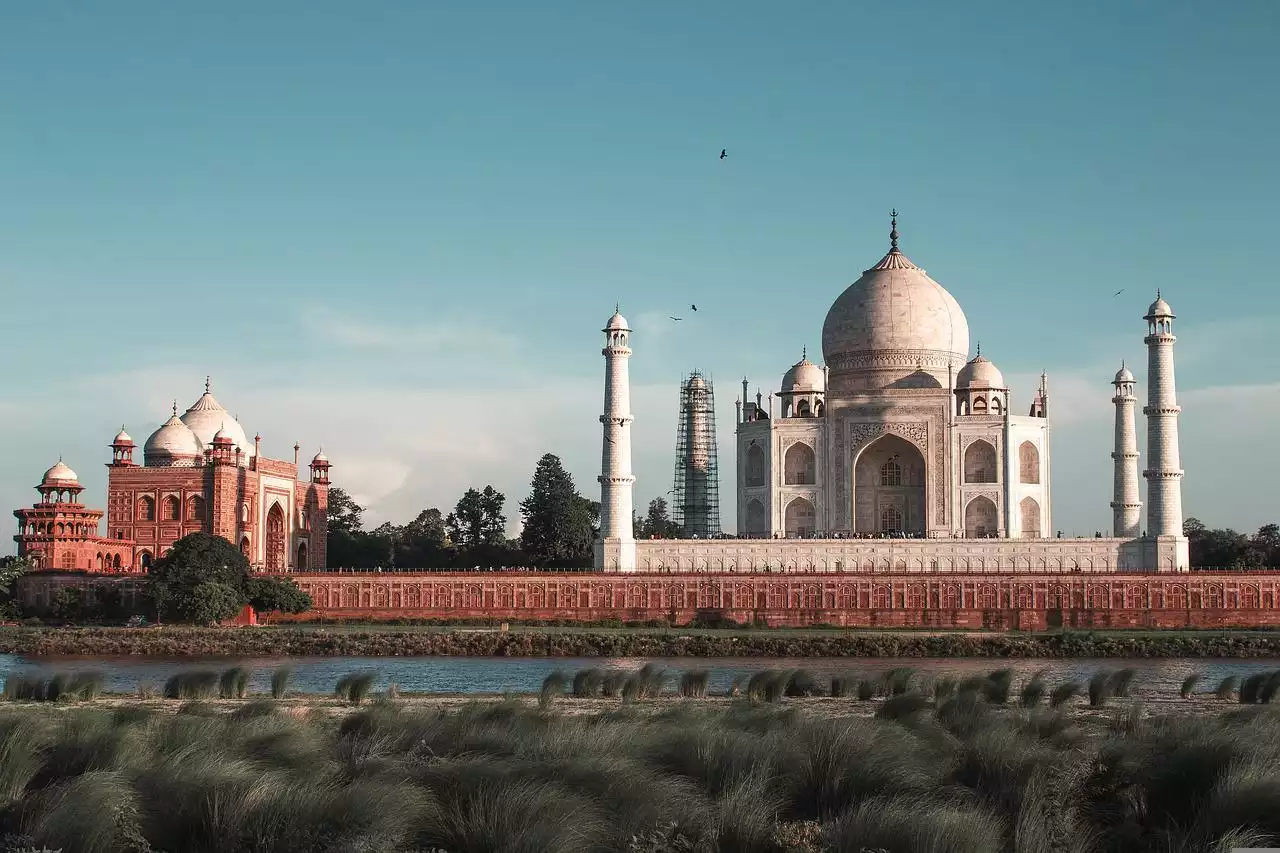The nearby Taj Mahal, a 17th-century fort built to protect the city of Agra from British invaders, is a must-see for any Indian visitor. The iconic white marble structure is carved with beautiful indigenous Indian carvings and inscriptions in the Negritoro language, while the surrounding lush green backdrop provides peace and serenity that few can match. Well-known for its beauty, history and ambiance, the Agra Fort is a must-visit for all travelers looking to explore India’s great Indus Valley Civilization past and present. The famous citadel was built by Shah Jahan (r. 1631-1708), who was also known by the title “Taj Mahal King” due to his extravagant construction of the Taj Mahal in Agra. It took 20 years to build and 10 years to finish – with only six months left till completion. It took more than 4200 workers to construct this impressive structure, not to mention countless hours of labor over an entire year. The Taj has become one of India’s most popular tourist attractions as it offers an excellent view of the city skyline from atop its elephant rose-covered esplanade.
Where is Agra Fort?
This 27,500-year-old, UNESCO-listed structure is located in the Ganga Valley in western Uttar Pradesh state. It is a part of the larger Tata Memorial Trust, which was established in 1825 to protect and enhance the cultural heritage of the people of India. The Taj Mahal is the most beautiful and significant architectural achievement of the Ganga Valley and the largest structure built in India during the Mughal era. An architectural marvel, the Taj Mahal is perhaps best known for its beauty, history and serenity. It is also the most visited tourist attraction in the western part of the country. Read on for more.
The Architecture of the Taj Mahal?
The architecture of the Taj Mahal is different from all the other temples in the Ganga Valley. Here, the matha is an open-air structure, built on a bit of land that was previously part of a fort. This means that the entire structure is made of stone, not wooden beams and cymbals. Furthermore, the foundation of the structure is made of stone, while the walls and roofs are made of wood. The colors and decorations of the Taj Mahal are also different from those of other temples in the Ganga Valley. The colors found in the temples of the Ganga Valley range from brilliant reds and orange greens to dark blues and black. While the colors of the Taj Mahal are richer in blues and blacks, they are also more intense in reds and oranges.
Beautiful Background of Agra Fort
The beauty of the Taj Mahal is in the background. The entire Agra Fort is the work of the reigning Mughal King, the greatest of all times, Bahadur Shah Zafar. The backdrops for the Taj Mahal are divided into two sections, the “garden” and “forest”. The “garden” is dedicated to the construction of the Taj Mahal and is a part of the Great Ganga (Meander) Valley, also known as Varanasi. It is located in the eastern part of the Ganga Valley. The “forest” is a part of the western Ganga Valley. The colors, decorations and the size of the “forest” are very similar to those of the “garden”. Read on for more details.
What’s the ambiance like at the Taj Mahal?
The peacefulness and serenity of the Taj Mahal is probably the most appealing part of visiting the place. The entire place is a large oasis in a bustling city. The architecture, the colors, the feel and the size of the “forest” are quite similar to that of the “garden”. The only difference is that the “forest” contains elephants and the “garden” does not. There are multiple places where you can enjoy a “garden” setting, but the “forest” is the only option.
Getting into the “Mughal” scene at Agra Fort
The Ganga Valley has always been a part of the western part of India and was not part of the Hindi-speaking area till the advent of British colonization. Before British colonization, the Ganga Valley was mostly inhabited by people from the coastal area of South Asia. This included the people of the Madhya Valley, Central India and parts of western and southern parts of India. The Ganga Valley became part of the British realm when it was part of the state of Madhya Pradesh.
Summing up
The Agra Fort is a must-see for all travelers looking to explore India’s great Indus Valley Civilization past and present. The famous citadel was built by Shah Jahan (r. 1631-1708), who was also known by the title “Taj Mahal King” due to his extravagant construction of the Taj Mahal in Agra. It took 20 years to build and 10 years to finish, with only six months left till completion. It took more than 4200 workers to construct this impressive structure, not to mention countless hours of labor over an entire year. The Taj has become one of India’s most popular tourist attractions as it offers an excellent view of the city skyline from atop its elephant rose-covered esplanade. Travelers have come from as far away as China and Vietnam to witness the completion of this iconic structure during annual festivals like Diwali or New Year’s Eve celebrations. Read on for more details about visiting the Taj Mahal.


 Italian Shoes Designers are Simply the Best
Italian Shoes Designers are Simply the Best
 How to Look After Budgerigars at Home
How to Look After Budgerigars at Home
 Shpongle Takes the Stage at DGTL Tel Aviv!
Shpongle Takes the Stage at DGTL Tel Aviv! The Pyramids and their Contribution to Tourism in Egypt
The Pyramids and their Contribution to Tourism in Egypt A Marvel of Construction - The Great Wall of China
A Marvel of Construction - The Great Wall of China Europe's most Visited landmark - The Colosseum
Europe's most Visited landmark - The Colosseum Touring The Valley of the Kings
Touring The Valley of the Kings